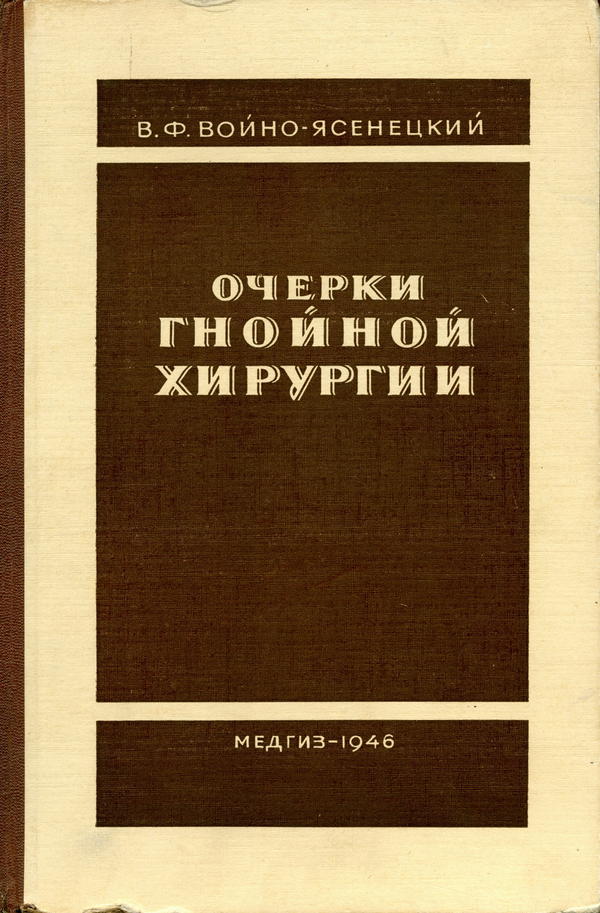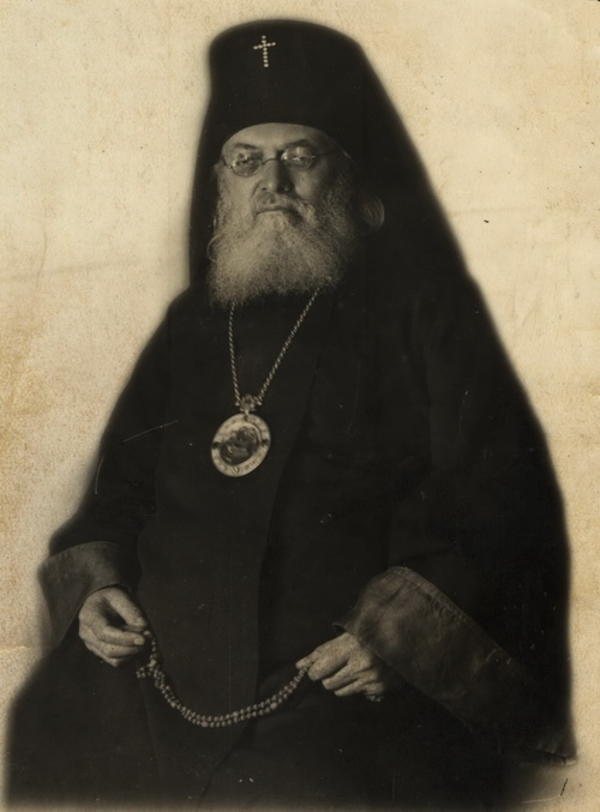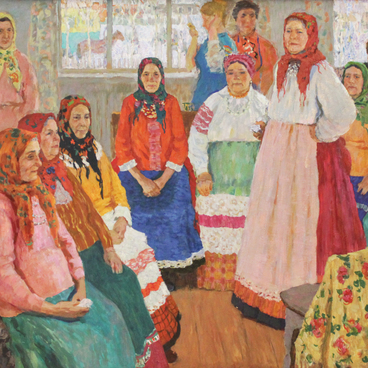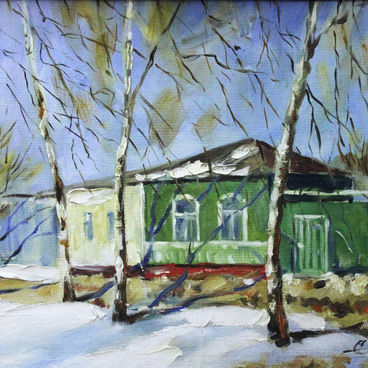The Purulent Surgery Sketches is a fundamental book by Archbishop Luka, in the world Valentin Voino-Yasenetsky, Professor of Medicine. It is the world’s most detailed monograph dedicated to purulent surgery. The book was first published in 1934; there have been four publications in all, the most recent one in 2006.
Purulent Surgery Sketches
Creation period
1946
Dimensions
29x19 cm
Technique
paper, cardboard, letterpress printing
Collection
Exhibition
6
Open in app#1
Valentin Voino-Yasenetsky
Purulent Surgery Sketches
#11
#19
The idea to write a book summarizing the experience in treating purulent-septic diseases came to Voino-Yasenetsky at the very start of his career. His earliest serious practice was in an evacuation hospital in the Siberian city of Chita during the Russian-Japanese war in 1904. He had to operate on numerous neglected wounds. After he returned from the war, Voino-Yasenetsky worked as a doctor in small municipal hospitals of the Kursk and Vladimir provinces. In 1917, he was appointed head of the Tashkent City Hospital. After the revolution, he was arrested and repressed. He completed the first part of his Sketches in prison, and the others in exile in Siberia.
Archbishop Luka. 1940’s. Photo from the scientific archive of the Tambov Regional Ethnography Museum
#20
It took Voino-Yasenetsky more than 20 years to collect clinical facts. In the early 20th century, surgeons had to do without effective antibacterial or anti-inflammatory medicines, without drugs stopping tissue necrosis. Patients could only be cured with immediate and accurate surgical operations. And since there were no advanced diagnostic facilities like ultrasonic studies or computer tomography we have now, the surgeon had to grope in the dark and ran tremendous risks.
Voino-Yasenetsky managed to find a way to approach such operations. In his Purulent Surgery Sketches, he wrote about the anatomy and topography of abscesses and phlegmons, provided practical descriptions of where and how a surgeon can see purulent infection, what tissues and parts of the body are usually affected, and what it can lead to. Voino-Yasenetsky discussed how one can find the cavity position in the body, safely open the suppurative focus, make sure no leakages are missed, treat the wound, and follow up the patient afterwards. He discussed cases of various complexity and localization, from the skull and vertebrae to joints and feet, and provided a detailed description of the decision-making process. During operations, Voino-Yasenetsky demonstrated a rational and inventive approach at the same time.
The Tambov History Museum holds the second edition of the monograph, published in 1946. In the same year, Voino-Yasenetsky was awarded the 1st Grade Stalin Prize for the Sketches and his other major work devoted to late operations on gunshot wounds of infected joints. Neither his position as an archbishop nor the exiles prevented the reward. Doctor Voino-Yasenetsky donated nearly all his prize money to those in need.
Voino-Yasenetsky managed to find a way to approach such operations. In his Purulent Surgery Sketches, he wrote about the anatomy and topography of abscesses and phlegmons, provided practical descriptions of where and how a surgeon can see purulent infection, what tissues and parts of the body are usually affected, and what it can lead to. Voino-Yasenetsky discussed how one can find the cavity position in the body, safely open the suppurative focus, make sure no leakages are missed, treat the wound, and follow up the patient afterwards. He discussed cases of various complexity and localization, from the skull and vertebrae to joints and feet, and provided a detailed description of the decision-making process. During operations, Voino-Yasenetsky demonstrated a rational and inventive approach at the same time.
The Purulent Surgery Sketches is not only interesting from a medical perspective. The clinical cases described in the book are structured like fiction stories with their own nodes, development, and turning points. Nowadays, the Sketches have become a classical medical book of the early 20th century.
The Tambov History Museum holds the second edition of the monograph, published in 1946. In the same year, Voino-Yasenetsky was awarded the 1st Grade Stalin Prize for the Sketches and his other major work devoted to late operations on gunshot wounds of infected joints. Neither his position as an archbishop nor the exiles prevented the reward. Doctor Voino-Yasenetsky donated nearly all his prize money to those in need.
#21
Tambov Regional Ethnography Museum
read morehide
00:00
00:00
1x
Purulent Surgery Sketches
Creation period
1946
Dimensions
29x19 cm
Technique
paper, cardboard, letterpress printing
Collection
Exhibition
6
Open in app
Share




